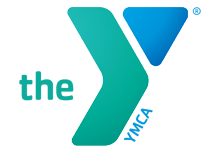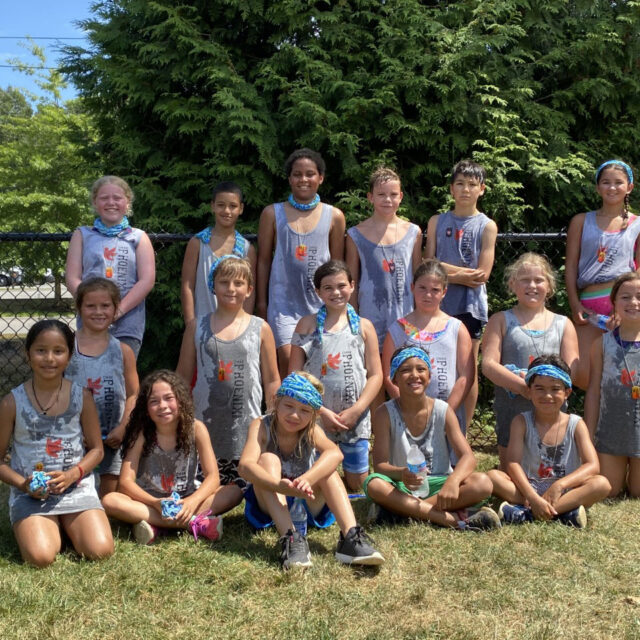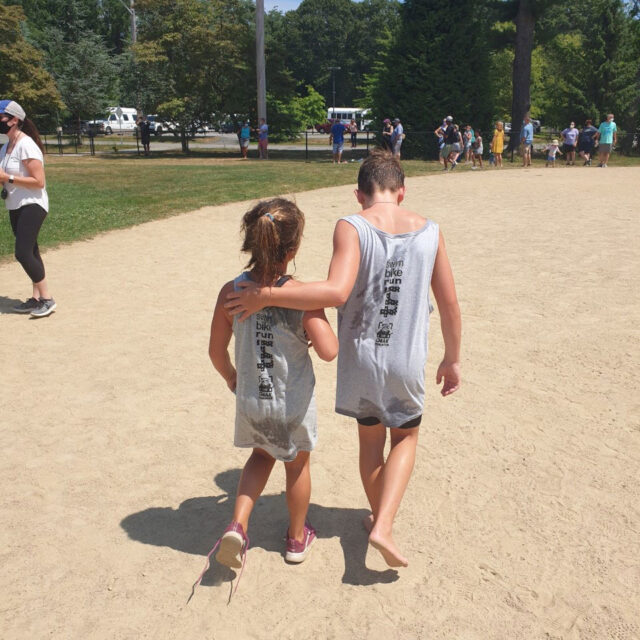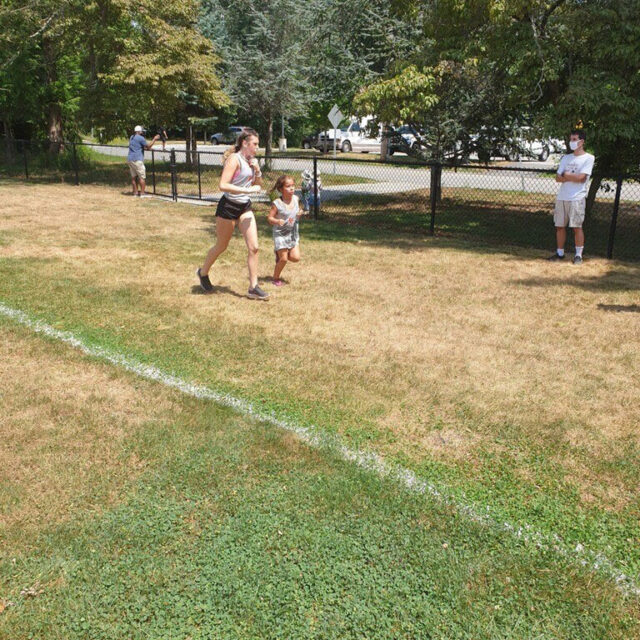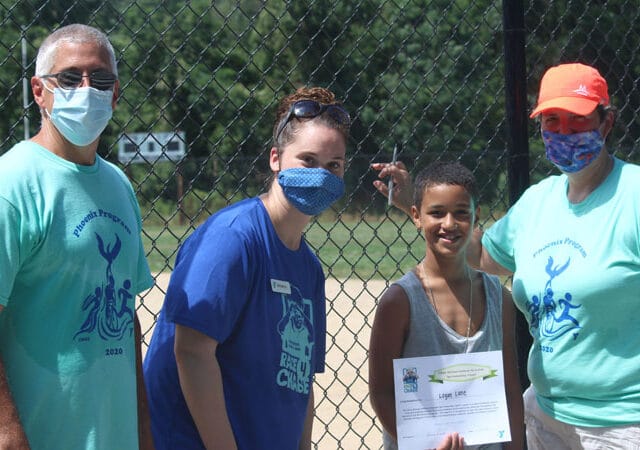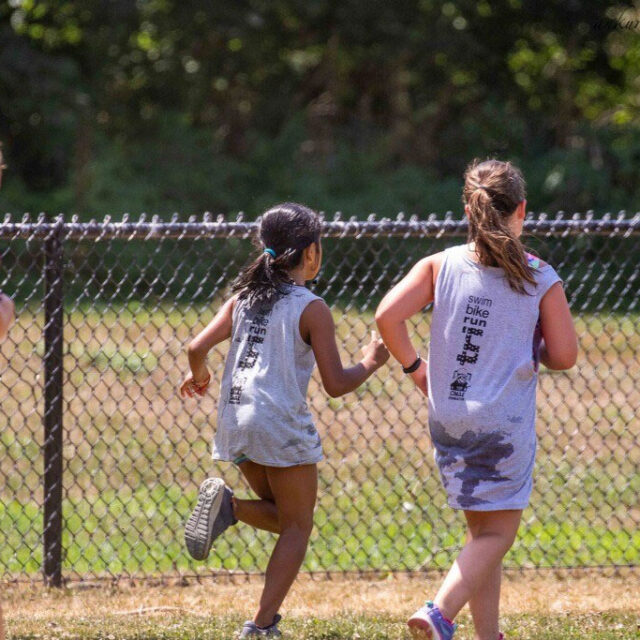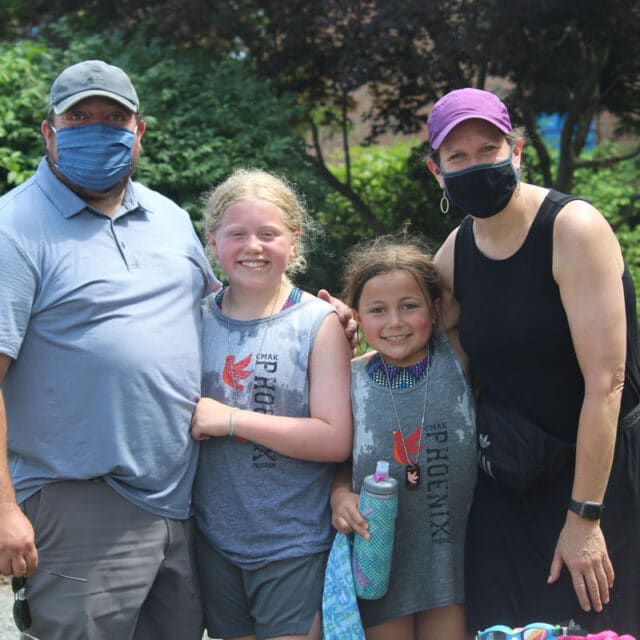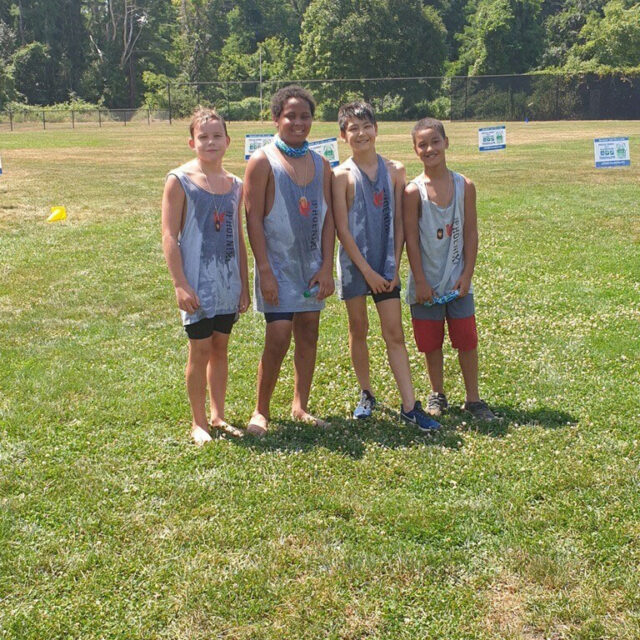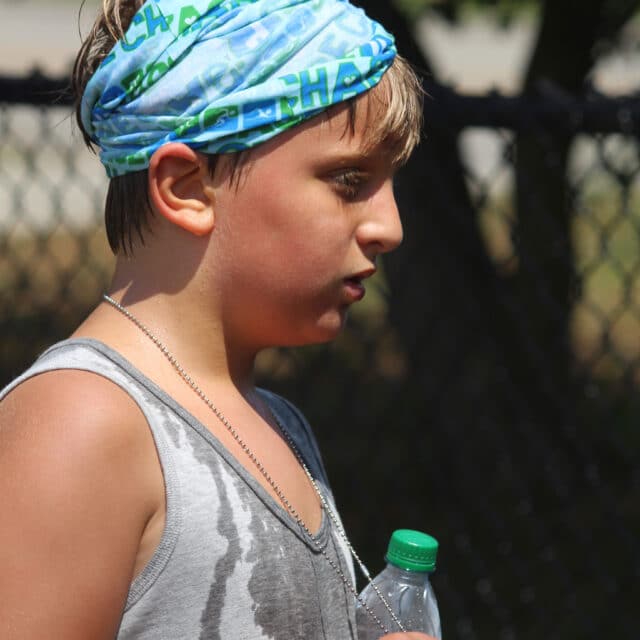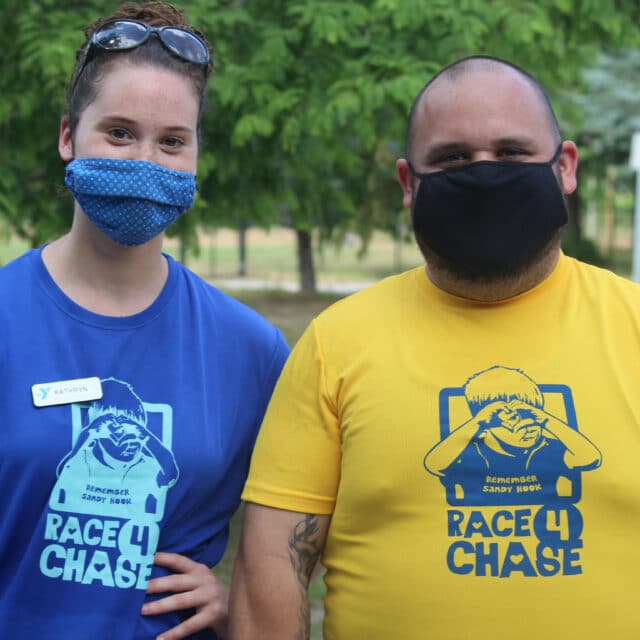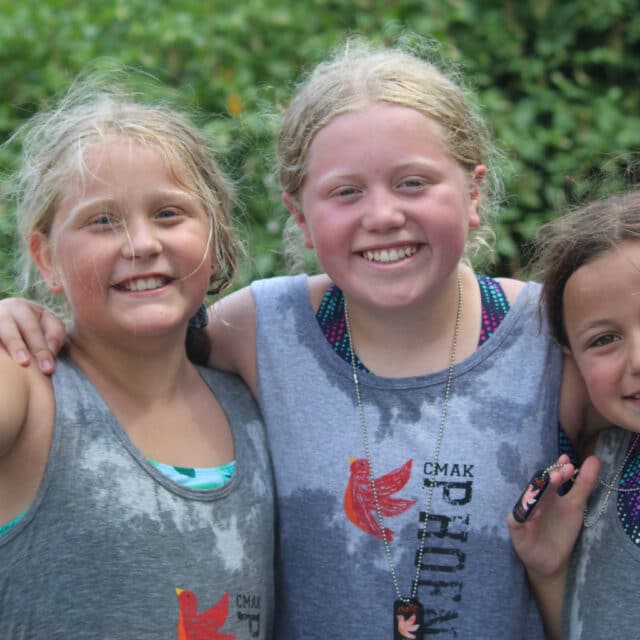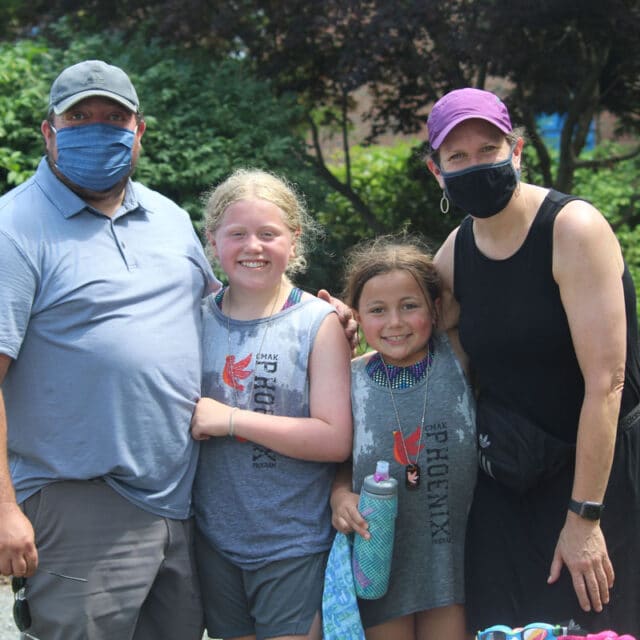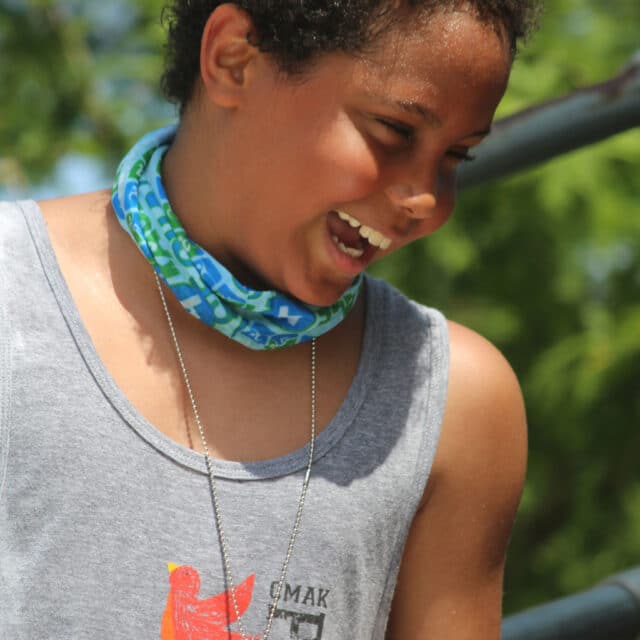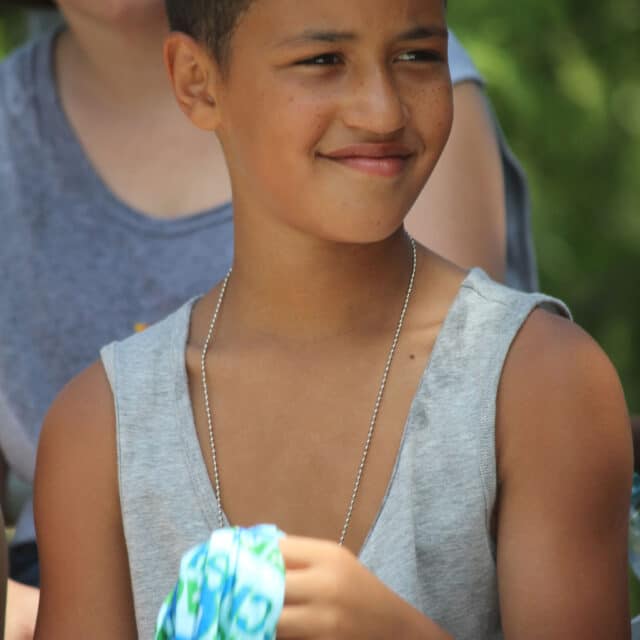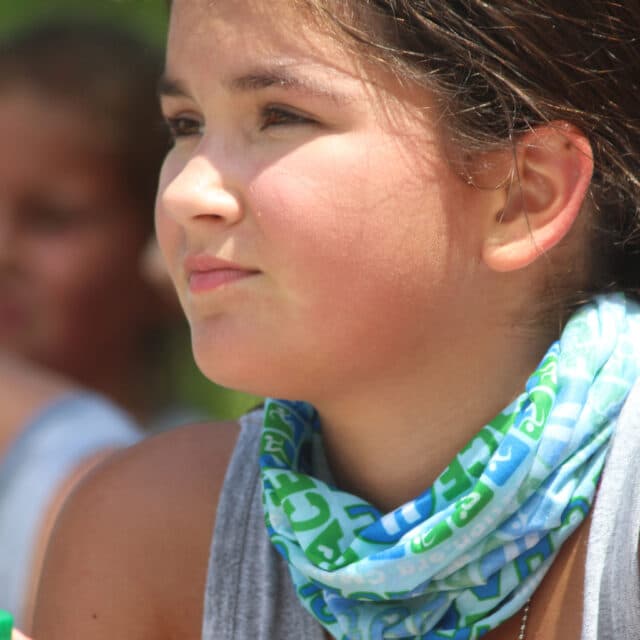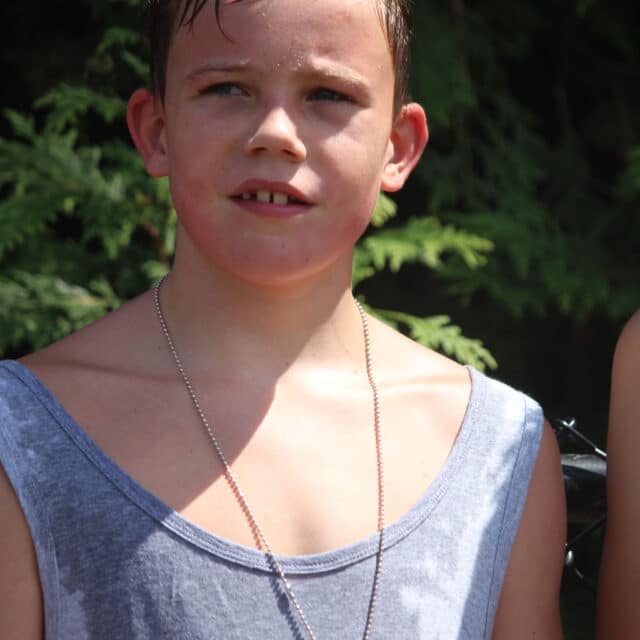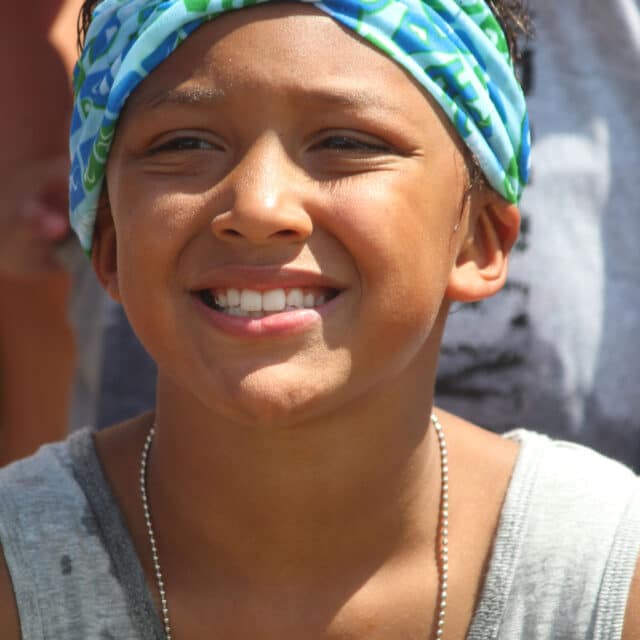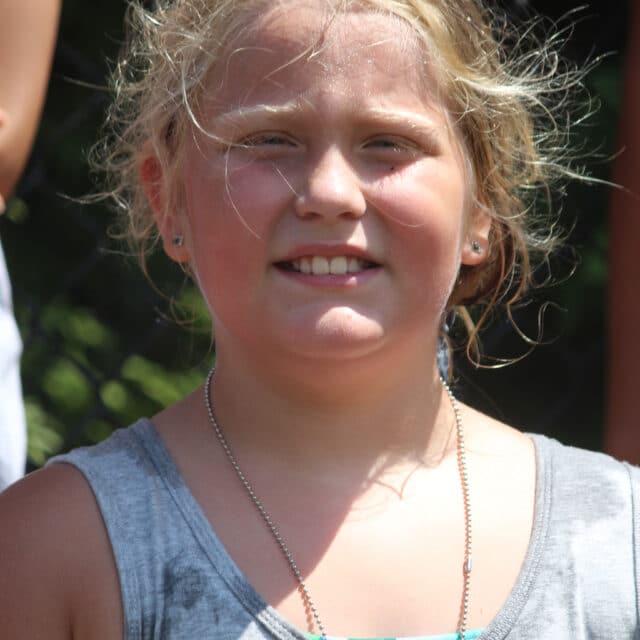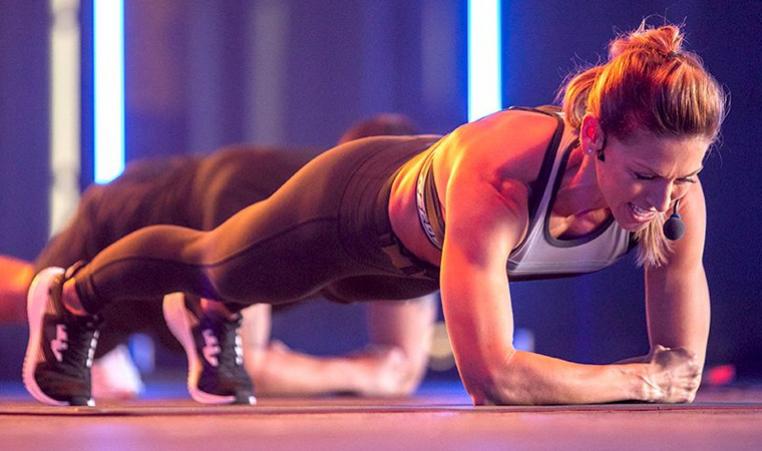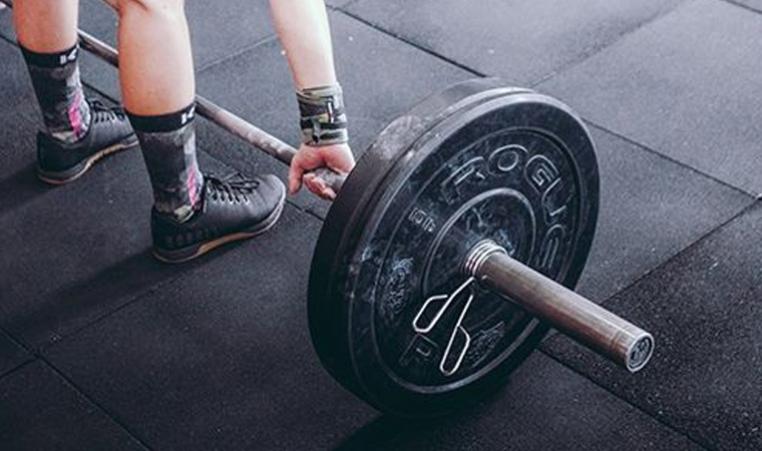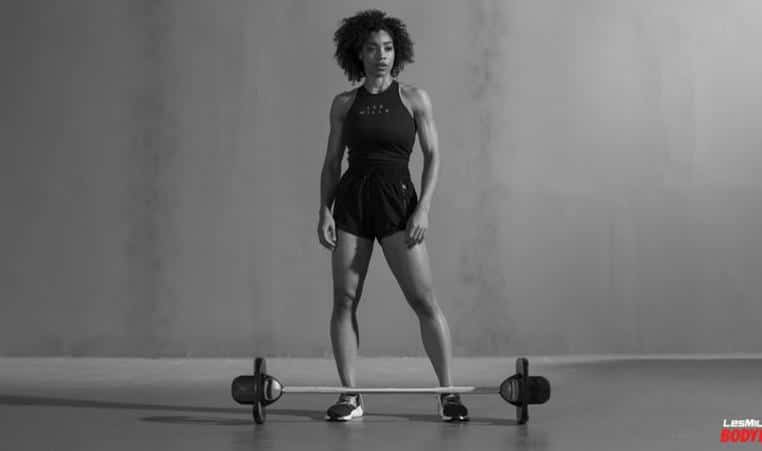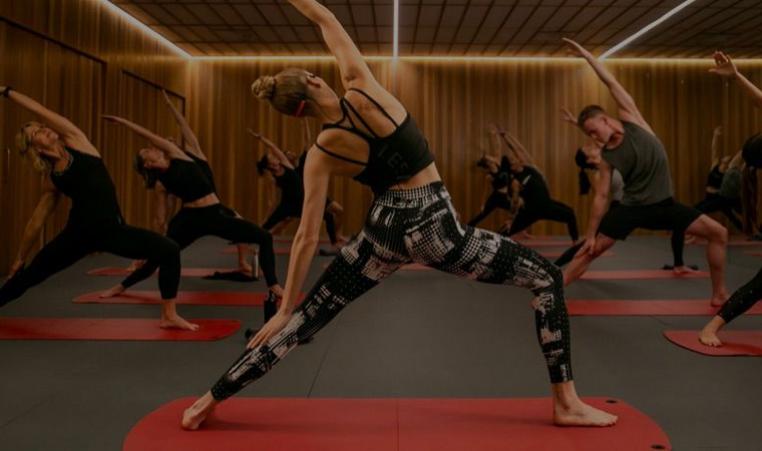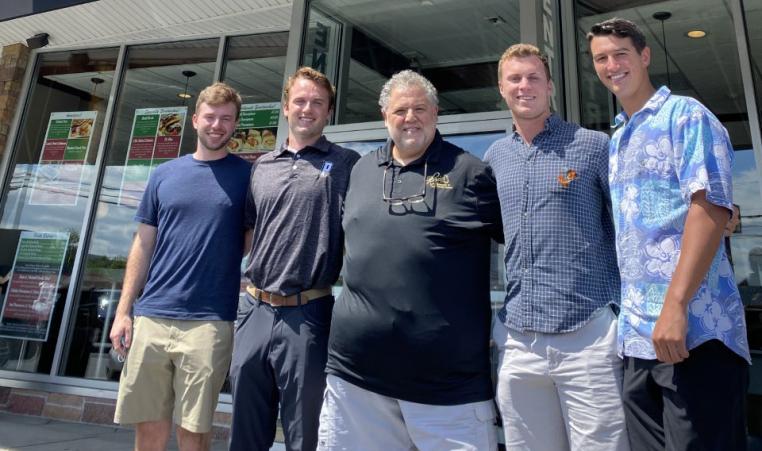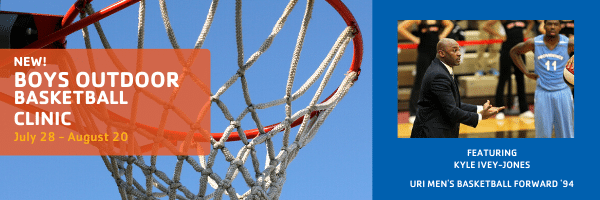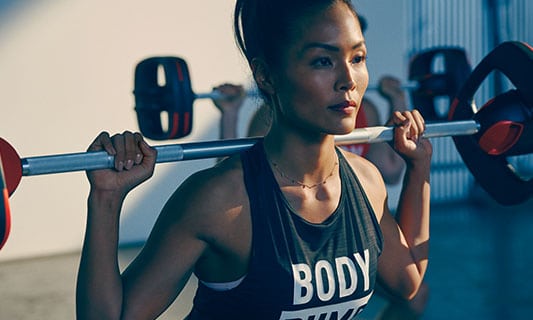OFFERING HUGE DOSES OF FUN AND MOTIVATION, PLUS MYRIAD PHYSICAL AND MENTAL HEALTH BENEFITS, GYMS ARE THE CORNERSTONE OF OUR WORKOUT HABITS. WITH LOCKDOWN LIFTING IN MANY PARTS OF THE WORLD, IS NOW THE TIME THAT WE CAN FINALLY GET BACK TO EXERCISE IN OUR FAVORITE FORMS?
“When can we get back to normal?” It’s been the perennial question of recent months, particularly when it comes to our workouts.
In the wake of a global health pandemic, easing back into our usual fitness routines can pose a range of challenges, as well as uncertainties around which activities are safe to do and when.
But one thing we can say with certainty is that continued physical inactivity will bring catastrophic consequences for our physical and mental health, not to mention that of the economy and environment. In the US alone, chronic diseases that can be prevented by regular exercise are projected to cost US$42 trillion between 2016 and 2030. Meanwhile, a recent McKinsey study found the economic impact of better health among the world’s population could add US$12 trillion to global GDP in 2040 – an 8 percent boost. Investing in this area now could help kickstart our economic recovery from the COVID-19 pandemic.
As we’ve previously reported, exercise in pill-form would be hailed as a wonder drug. It truly is the best medicine, with the power to improve everything from general wellbeing to musculoskeletal disease to cardiovascular problems, cancers, diabetes, multiple sclerosis, mental health, anxiety, and depression.
KICKING IT TO COVID
Most pertinently, a new academic paper, by the scientist David C Nieman, suggests regular physical activity should be considered a key tactic for reducing our risk of contracting COVID-19 – akin to physical distancing, washing hands and covering faces. In his article, Nieman points out that regular aerobic exercise increases your immunological fitness. Basically, exercise increases blood flow and mobilizes white blood cells, one of the main defences against harmful microbes.
Regular exercise also guards against obesity, which as Nieman makes clear, “markedly increases the risk for hypertension, type 2 diabetes, and cardiovascular disease, three of the most important underlying conditions for COVID-19”.
Clearly exercise is vital to our planet’s comeback from COVID-19 on a number of levels, so how do we ensure we get more of it?
KEEPING UP THE HABIT
Lockdown has brought great progress in the range of options for people to stay active at home, leading some to question whether we actually still need gyms to service our fitness needs? After all, no one owns the patent to the press up, and there’s no finer treadmill than the great outdoors. So why is it that gym members are on average 14 times more active than non-members? One reason is that our facilities don’t just serve up fitness, they give us motivation. Motivation remains a key ingredient for regular exercise adherence and is the very reason why gyms exist in the first place.
There are many forms of motivation. Among the most powerful motivators are the accountability and sense of connection we get from working out with others. Nowhere is this more evident than in a live group workout.
“Absolutely nothing beats a live class,” says Les Mills Chief Creative Officer Dr Jackie Mills M.D. “There’s always an amazing vibe created in the room, the loud music is pumping, and you’re all working together and pushing each other. The sense of connection and accountability can’t be beaten.”
STRENGTH IN NUMBERS
Plenty of research shows this sense of connection and accountability pays dividends. Research indicates that when we work out alongside others, we’re far more likely to stick at exercise than if we go it alone. Science shows that we get more enjoyment and satisfaction when we work out in a group. And there’s evidence that when we’re surrounded by the healthy actions of others, it rubs off on us too.
One study published in Obesity Journal indicated that when overweight people spent time with their fit friends they lost more weight, and the more time they spent with these friends, the more weight they lost. This is backed up by another study from the University of Pittsburgh School of Medicine showing that 95 percent of those who follow a weight loss program with a friend complete it, but just 76 percent make it to the end if they go it alone.
There’s also evidence of the Kohler Effect, where we push ourselves harder when working out alongside others. One study compared people planking on their own and with a partner (who had the superior ability). When planking with a more-capable partner, people were clearly more motivated, increasing their plank duration by 24 percent. Another Kansas State University study found that exercising alongside other capable exercisers can increase your workout time and intensity by 200 percent.
RETURN OF THE CLUB
Motivation is a key component of an enduring exercise habit and that’s why it’s so important to get health clubs – and all the things that make them inspiring – back in our lives as soon as is safely possible.
Being among the first public facilities to close and the last to be allowed to reopen, Y’s around the world have been hit hard by COVID-19. Misinformation that COVID-19 can be spread by sweat (it can’t) has stalled their recovery, but clubs are beginning to get back on their feet, bringing members the much-needed gift of motivation. Stringent new hygiene measures have been added to protect members’ safety, with new research supporting the effectiveness of these measures.
Last month, a large-scale academic study by researchers at the University of Oslo (yet to be peer-reviewed) concluded that there is “no threat of increased COVID-19 spread” at fitness facilities, even when intensive training takes place.
Meanwhile, a recent IHRSA briefing for US governors highlighted the benefits of exercise with scientific evidence that shows health clubs pose no higher risk than other public places in transmitting COVID-19 when operating under appropriate guidelines. It noted that “there has not been any evidence of COVID-19 spreading” in any US club to date.
EMBRACING ACTIVE HABITS
The UK government’s Chief Medical Adviser, Chris Whitty, said it best when giving a daily coronavirus briefing on 15 April.
Whitty – who is also England’s Chief Medical Officer – said being physically active was “very important to long-term health” and crucial for keeping people fighting fight during the ongoing pandemic.
“There is no situation, there is no age and no condition where exercise is not a good thing… exercise is one of the best things you can possibly do.”
So as the world adjusts in the wake of a major health pandemic, with lessons learned and safer processes in place, it seems that finally, we can start to get back to normal. And from an exercise perspective, we can reconnect with the miracle cure by working out in the ways we love to best. Find a class today.
This piece originally appeared at lesmills.com.
